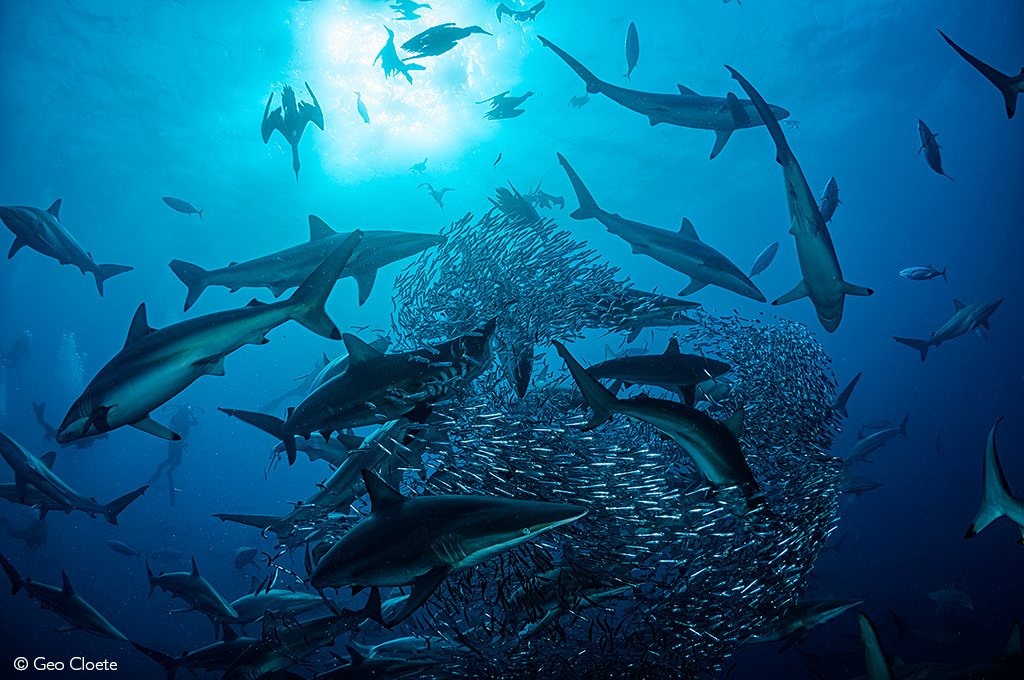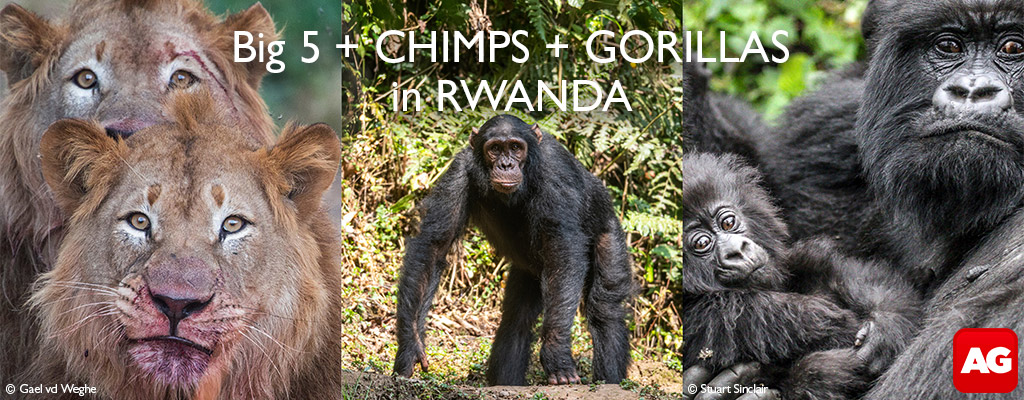
Migratory animals come in all forms and shapes, from bats to birds, wildebeests to whales. But most migratory species have one thing in common: they face increasing anthropogenic damage to their habitats and migratory corridors.
A report released by the United Nations Convention on the Conservation of Migratory Species of Wild Animals has shown a drastic decline in the world’s travelling animals. The conservation status of many migratory species faces dire prospects, with those occurring in Africa facing the sharpest declines.
Migratory animals migrate across national jurisdictional boundaries for a variety of reasons. Sometimes, species track favourable resources or move to different climates. Sometimes, animals are in search of optimal breeding sites (such as areas with suitable resources to feed and nourish the young safely). Sometimes, whole populations move, and sometimes, solitary individuals migrate.
But the flyways, swim ways, and migratory paths of these travelling animals have lost the resources and security previously offered. The connectivity between their departure and destination has been fragmented by land use change, pollution (noise, light, and chemical pollution), hunting, and/or climate change. How can we prioritise the same security for migratory animals, like the vultures and whales of Africa?
Why should we care?
Beyond the fact that our wildlife has an intrinsic right to exist on earth, as much as we do, these animals play valuable roles in the agricultural sector (bats and other mammals, bugs and birds are important pollinators), in our culture, as a food source and in our recreational activities (tourism, etc.). They can be ecosystem regulators and provide food for other species (prey) or regulate the abundance of different species (predators).
The Convention on the Conservation of Migratory Species (CMS) is an international framework developed to protect the travel requirements of migratory species. The latest report from the CMS indicates that more than one in five CMS-listed species are threatened with extinction, and 44% have a decreasing population trend. Worryingly, 97% of CMS-listed fish species are threatened with extinction. Fish don’t have many travel options; they can take the river – and that’s it. Significant barriers, such as dams, are not conducive to fish migration.
CMS-listed species in Africa have shown an average decrease of 27% in abundance between 1970 and 2017. But not only abundance matters – sometimes even losing individuals within a population of migratory species poses a considerable risk, especially for long-lived animals (like elephants) that rely on social learning and collective memory to successfully navigate key corridors.
When species cross countries, conservation laws and policies change too – and though a species population might be well-protected in one country, there is no guarantee that it will afford this protection in another country. For example, since commercial whaling was stopped in the 1980s, the subpopulation of humpback whales in the South Atlantic has increased. However, the subpopulation in the Arabian Sea has fewer than 350 individuals and is threatened by ship strikes and entanglement from fish nets.

The long and winding road for migratory species: threats
Unsustainable hunting and collecting affects nearly three-quarters of all CMS-listed terrestrial mammals (70%) and is particularly of concern in regions affected by political instability or poverty. Hunting of birds in western and southeastern Africa is often not monitored – this hinders the international community’s ability to tally the global impact on the species and prevents accurate quota setting.

The impact of ongoing human encroachment on habitats is pervasive, as is evident in the Serengeti-Mara ecosystem in Tanzania and Kenya, where the Great Wildebeest Migration occurs. Agriculture, settlements, roads, and fences change the quality and availability of habitat for the blue wildebeest and plains zebra, which in turn affects the CMS-listed apex predators, including cheetah, lion, and African wild dog, that rely on these migrations.
The increase in land use for agriculture also results in insect population declines, which removes a key food source for migratory birds. Dugongs suffer from similar issues, but their migratory habitat is seagrass, which is lost through port expansion and pollution.

Energy infrastructure also impacts migration, such as wind turbines, which can potentially disrupt the migratory paths of birds like the black harrier. Barriers to migration are not only from permanent infrastructure – shipping traffic has increased, and along with this, ship strikes on whale sharks and cetaceans are increasing.
Climate change has many ramifications for migrating species because they follow seasonal resources. Imagine migrating hundreds of kilometres to reach spring in your preferred breeding site, only to find that it’s still winter there.
Climate change also has other unexpected impacts on migratory species; for example, African wild dogs hunt less in extreme heat and rear fewer pups than those raising pups in cooler weather.


So what can be done about these issues?
The CMS provides a solution-based, cooperative approach to assist migratory species in their travels. They are like a travel agency for animals, working with governments, civil society and the private sector to create connected journeys for species through difficult terrain and looming threats. For example, the CMS Energy Task Force is a global forum that guides renewable-energy activities to avoid and minimise negative impacts on migratory species.
Only through collaboration at all levels of society and sectors will we succeed in protecting our travelling fauna on their long and windy paths through this world.
Reference
UNEP-WCMC, 2024. State of the World’s Migratory Species. UNEP-WCMC, Cambridge, United Kingdom.
Cover image: Courtesy of Geo Cloete. Visit Instagram to see more images from Geo.
To comment on this story: Login (or sign up) to our app here - it's a troll-free safe place 🙂.![]()








